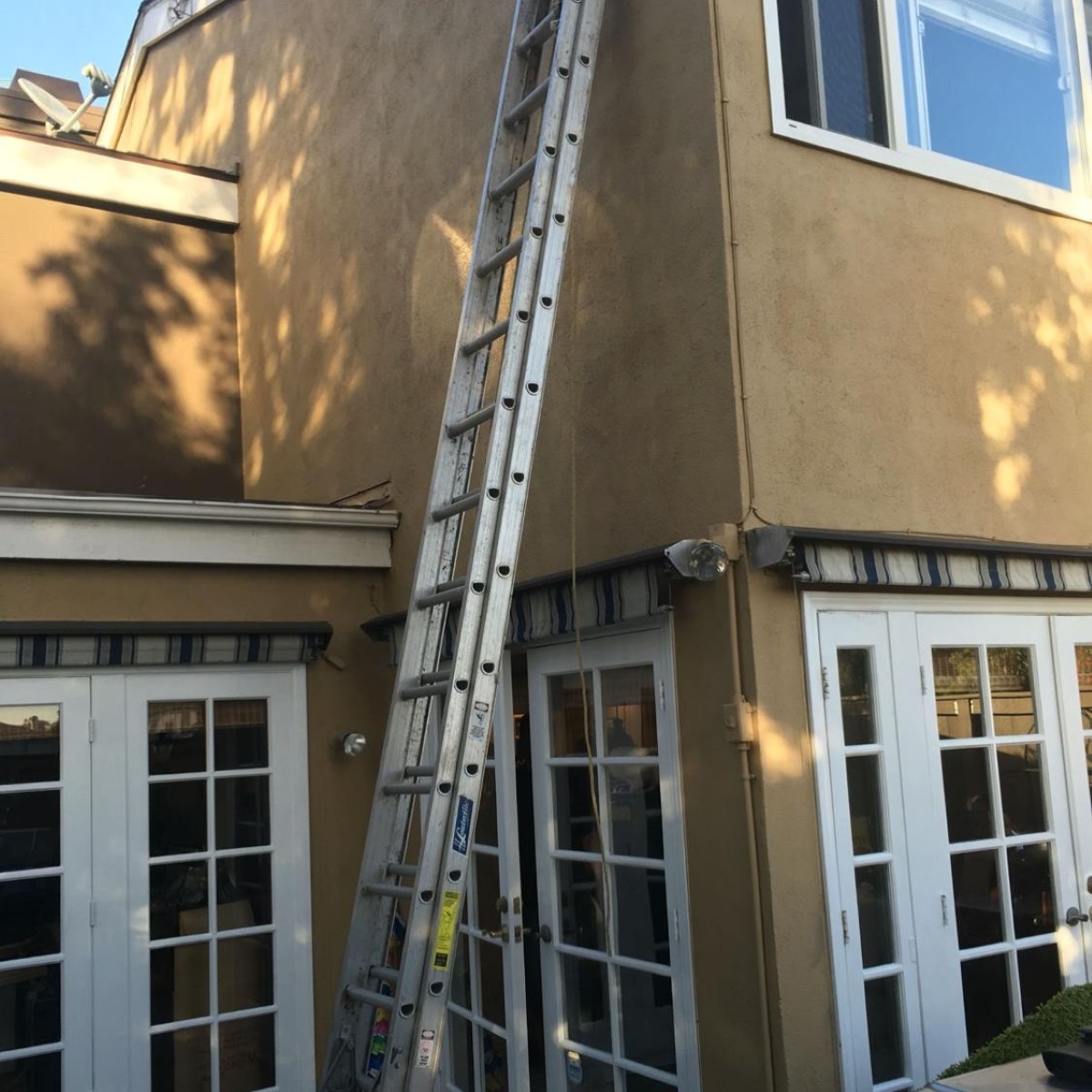

Articles
How Much Does A 32 Foot Ladder Weigh
Modified: January 8, 2024
Find out the weight of a 32-foot ladder with our informative article. Discover how heavy it is and get useful tips on handling and transportation.
(Many of the links in this article redirect to a specific reviewed product. Your purchase of these products through affiliate links helps to generate commission for Storables.com, at no extra cost. Learn more)
Introduction
When it comes to construction, maintenance, or any task that requires reaching great heights, a reliable ladder is essential. But have you ever wondered how much a 32-foot ladder weighs? The weight of a ladder is an important factor to consider, especially when it comes to portability, ease of use, and safety.
In this article, we will explore the factors that affect the weight of a 32-foot ladder, the materials commonly used in its construction, and the average weight you can expect from this type of ladder. Additionally, we will discuss lightweight options for those who require more mobility, as well as heavy-duty options for tasks that demand extra stability.
Before we dive into the specific weight considerations of a 32-foot ladder, it’s important to understand that the weight can vary based on various factors. These may include the ladder’s design, materials used, and additional features. Let’s take a closer look at these factors.
Key Takeaways:
- Consider the material, design, and additional features when choosing a 32-foot ladder. Aluminum ladders offer portability, while fiberglass and wood ladders provide durability and load capacity.
- Prioritize safety when handling a 32-foot ladder. Regularly inspect, secure, and use proper climbing technique to minimize the risk of accidents and injuries.
Read more: How Much Does A Ladder Weigh
Factors Affecting the Weight of a 32 Foot Ladder
Several factors can influence the weight of a 32-foot ladder. Understanding these factors will help you make an informed decision when choosing the right ladder for your needs. Here are the key factors that contribute to the weight:
- Material: The material used to construct the ladder plays a significant role in determining its weight. Common materials include aluminum, fiberglass, and wood. Each material has its pros and cons in terms of weight, durability, and strength.
- Design: The design of the ladder affects its weight as well. Different ladder designs may have varying amounts of bracing, rungs, and support mechanisms, resulting in differences in weight distribution.
- Load Capacity: The load capacity of a ladder refers to the maximum weight it can safely support. Ladders with higher load capacities often have additional reinforcements, which can increase their overall weight.
- Additional Features: Some ladders come with extra features such as extension capabilities, adjustable legs, or built-in tool holders. While these features can add convenience, they may also contribute to the ladder’s weight.
It’s important to note that the weight of a ladder is a tradeoff between strength and portability. While a heavier ladder may offer more stability and durability, it may be more challenging to transport or maneuver. On the other hand, a lighter ladder may be easier to handle but could sacrifice strength.
Now that we understand the factors influencing the weight of a 32-foot ladder, let’s explore the materials commonly used in their construction.
Materials Used in 32 Foot Ladders
32-foot ladders are available in various materials, each with its own benefits and considerations. Here are the most common materials used in the construction of these ladders:
- Aluminum: Aluminum ladders are popular due to their lightweight nature. They are durable, resistant to corrosion, and offer excellent strength-to-weight ratio. They are also relatively affordable compared to other materials. However, they may not be suitable for heavy-duty tasks as they can bend or flex under extreme weight or pressure.
- Fiberglass: Fiberglass ladders are known for their exceptional strength and durability. They are non-conductive, making them ideal for electrical work and outdoor tasks where there is a risk of coming into contact with live wires. Fiberglass ladders are typically heavier than aluminum ladders, but they offer superior stability and can handle heavier loads.
- Wood: Wood ladders have been used for centuries and are known for their traditional charm. They are sturdy, provide good traction, and are less likely to conduct electricity. However, wood ladders are heavier than aluminum or fiberglass ladders, require regular maintenance to prevent rot, and may not have the same load capacity as their counterparts.
When choosing a 32-foot ladder, consider the specific requirements of your task, as well as your own preferences for weight, durability, and functionality.
Now that we have an understanding of the materials used in 32-foot ladders, let’s delve into the average weight you can expect from these ladders.
Average Weight of a 32 Foot Ladder
The average weight of a 32-foot ladder can vary depending on the material and design. Here’s a general guideline of the average weights you can expect:
- Aluminum Ladders: On average, an aluminum 32-foot ladder weighs between 40 to 50 pounds (18 to 23 kilograms). The lightweight nature of aluminum makes it easier to transport and maneuver, making it a popular choice for residential tasks and light commercial use.
- Fiberglass Ladders: A 32-foot fiberglass ladder typically weighs between 60 to 80 pounds (27 to 36 kilograms). While fiberglass ladders are heavier than aluminum, they offer greater strength, durability, and stability. They are commonly used in industrial settings, construction sites, and for tasks that require heavy load capacity and electrical safety.
- Wood Ladders: Wood ladders are the heaviest among the three options. A 32-foot wood ladder can weigh between 70 to 90 pounds (32 to 41 kilograms). Due to their weight and maintenance requirements, wood ladders are less common in modern construction but can still be found in certain specialized applications or for decorative purposes.
It’s important to remember that these weights are approximate and can vary based on the ladder’s specific design, additional features, and manufacturer specifications. Always refer to the product information provided by the manufacturer for the accurate weight of a specific ladder model.
Now that we have discussed the average weights of 32-foot ladders, let’s explore lightweight options for those who require more mobility.
When considering the weight of a 32-foot ladder, it’s important to factor in the material it’s made of. Aluminum ladders are generally lighter than fiberglass ladders of the same size. Always check the manufacturer’s specifications for the exact weight of the ladder you are interested in.
Lightweight Options for 32 Foot Ladders
For individuals or professionals who prioritize mobility and ease of use, there are several lightweight options available for 32-foot ladders. These ladders are designed to provide the necessary height while being easier to transport, handle, and store. Here are some lightweight options to consider:
- Aluminum Telescoping Ladders: Telescoping ladders are collapsible and extendable, allowing for easy height adjustment and compact storage. These ladders are often made of lightweight aluminum, making them extremely portable. They can be easily carried in a car trunk or even stored in small spaces. However, it’s important to ensure that the ladder is fully extended and locked into place before use to maintain stability.
- Multi-Purpose Ladders: Multi-purpose ladders are versatile and can be configured into various positions, such as an extension ladder, A-frame ladder, or scaffolding. These ladders are usually made of aluminum or fiberglass and offer lightweight options suitable for different applications. They are compact when folded and can be easily transported from job site to job site.
- Platform Step Ladders: Platform step ladders are another lightweight option for those who require stability and a large standing area. These ladders feature a wide platform that provides added comfort and security when working at height. They are commonly made of aluminum or fiberglass, ensuring both lightweight construction and durability.
When selecting a lightweight 32-foot ladder, consider factors such as ease of setup, stability, load capacity, and safety features. It’s essential to choose a ladder that meets your specific requirements while providing the necessary height and stability for your tasks.
While lightweight options offer increased mobility, it’s important to determine the task requirements to ensure that the ladder can handle the intended workload safely. For heavy-duty tasks or situations where extra stability is needed, considering a heavy-duty 32-foot ladder may be necessary.
Now, let’s explore heavy-duty options for 32-foot ladders.
Read more: How Much Does A 28 Ft Ladder Weigh
Heavy-Duty 32 Foot Ladders
For tasks that require extra stability, durability, and a higher load capacity, heavy-duty 32-foot ladders are the ideal choice. These ladders are specifically designed to handle demanding jobs and provide a secure platform at great heights. Here are some options for heavy-duty 32-foot ladders:
- Fiberglass Extension Ladders: Fiberglass extension ladders are one of the most common heavy-duty options. They are constructed with reinforced fiberglass rails, providing excellent strength and resistance to electrical conductivity. These ladders can support higher weights and offer exceptional stability, making them suitable for industrial applications, construction sites, and tasks that require working near electrical sources.
- Steel Ladders: Steel ladders are the sturdiest and most durable option available. They can withstand heavy loads and are resistant to bending or flexing. These ladders are typically used for heavy-duty industrial work, such as construction or maintenance projects. However, it’s important to note that steel ladders are much heavier than other materials and may require additional handling and transportation considerations.
- Platform Step Ladders: Heavy-duty platform step ladders are reinforced with additional bracing and support, ensuring maximum stability. They feature a larger platform and wide steps, offering a secure standing area for extended periods. These ladders are commonly used in commercial settings, such as warehouses or construction sites, where stability and safety are paramount.
When selecting a heavy-duty 32-foot ladder, consider the weight capacity, quality of construction, safety features, and your specific task requirements. It’s crucial to choose a ladder that can handle the load and provide a stable platform to ensure your safety during use.
Remember, heavy-duty ladders are often heavier and less portable than their lightweight counterparts. Proper planning and assistance may be necessary to transport and position these ladders safely.
Now that we have covered heavy-duty options, let’s address some safety considerations when handling a 32-foot ladder.
Safety Considerations When Handling a 32 Foot Ladder
When working with a 32-foot ladder, it’s crucial to prioritize safety to prevent accidents or injuries. Here are some important safety considerations to keep in mind when handling a ladder of this height:
- Inspect the ladder: Before each use, thoroughly inspect the ladder for any signs of damage, such as cracks, loose rungs, or bent rails. Ensure that all locking mechanisms are in good working condition.
- Choose the right ladder for the task: Select a ladder that is appropriate for the height and workload required. Ensure that the ladder’s load capacity exceeds your weight and the weight of any tools or materials you will be carrying.
- Set up on a stable surface: Place the ladder on a firm and level surface to prevent it from wobbling or tipping over. If necessary, use a ladder stabilizer or spreader bars to provide additional stability.
- Secure the ladder: Make sure the ladder is properly secured at both the top and bottom to prevent it from sliding or moving while in use. If working outdoors, avoid setting up the ladder on slippery or uneven surfaces.
- Use the three-point contact rule: Maintain three points of contact with the ladder at all times – two feet and one hand, or two hands and one foot. Avoid overreaching and try to keep your body centered between the ladder’s side rails.
- Use proper climbing technique: Ascend and descend the ladder facing the ladder and using both hands to grip the side rails. Never climb the ladder while carrying tools or materials in your hands – use a tool belt or secure them to your body instead.
- Avoid excessive weight and overloading: Do not exceed the ladder’s maximum load capacity. Only carry tools and materials that are necessary for the task at hand.
- Keep the area clear: Ensure that the area around the ladder is free from obstructions, debris, or anything that may cause you to lose balance or stability while climbing or working.
- Do not work in severe weather conditions: Avoid using a ladder in strong winds, rain, stormy weather, or any other hazardous conditions that can compromise your safety.
- Follow proper storage and maintenance: After use, store the ladder in a dry and secure location. Regularly clean and maintain the ladder according to the manufacturer’s guidelines to prolong its lifespan and ensure safe operation.
Following these safety considerations will help minimize the risk of accidents and injuries while working with a 32-foot ladder. Always prioritize your own safety and take necessary precautions to protect yourself and those around you.
Now, let’s conclude our discussion on the weight and safety considerations of a 32-foot ladder.
Conclusion
Choosing the right ladder for your needs involves considering several factors, including the weight of the ladder. A 32-foot ladder can vary in weight based on factors such as material, design, and additional features. Aluminum ladders tend to be lighter, while fiberglass and wood ladders offer more durability and load capacity.
For those who prioritize mobility and ease of use, lightweight options such as aluminum telescoping ladders, multi-purpose ladders, and platform step ladders are available. These ladders offer portability without sacrificing stability.
On the other hand, heavy-duty 32-foot ladders, such as fiberglass extension ladders, steel ladders, and reinforced platform step ladders, are designed for tasks that demand extra stability and durability. These ladders are suitable for industrial applications and heavy-duty construction work.
When handling a ladder of this height, it is crucial to prioritize safety. Regularly inspect the ladder, set it up on stable ground, secure it properly, and use proper climbing technique. It’s important to maintain three points of contact and avoid overreaching or overloading the ladder to prevent accidents or injuries.
In conclusion, the weight of a 32-foot ladder varies based on material, design, and additional features. Lightweight options provide mobility and ease of use, while heavy-duty options offer stability and durability. Prioritizing safety when handling a ladder of this height is essential for a safe working environment.
Now armed with a better understanding of ladder weights and safety considerations, you can confidently choose the right 32-foot ladder for your specific needs and tasks.
Frequently Asked Questions about How Much Does A 32 Foot Ladder Weigh
Was this page helpful?
At Storables.com, we guarantee accurate and reliable information. Our content, validated by Expert Board Contributors, is crafted following stringent Editorial Policies. We're committed to providing you with well-researched, expert-backed insights for all your informational needs.
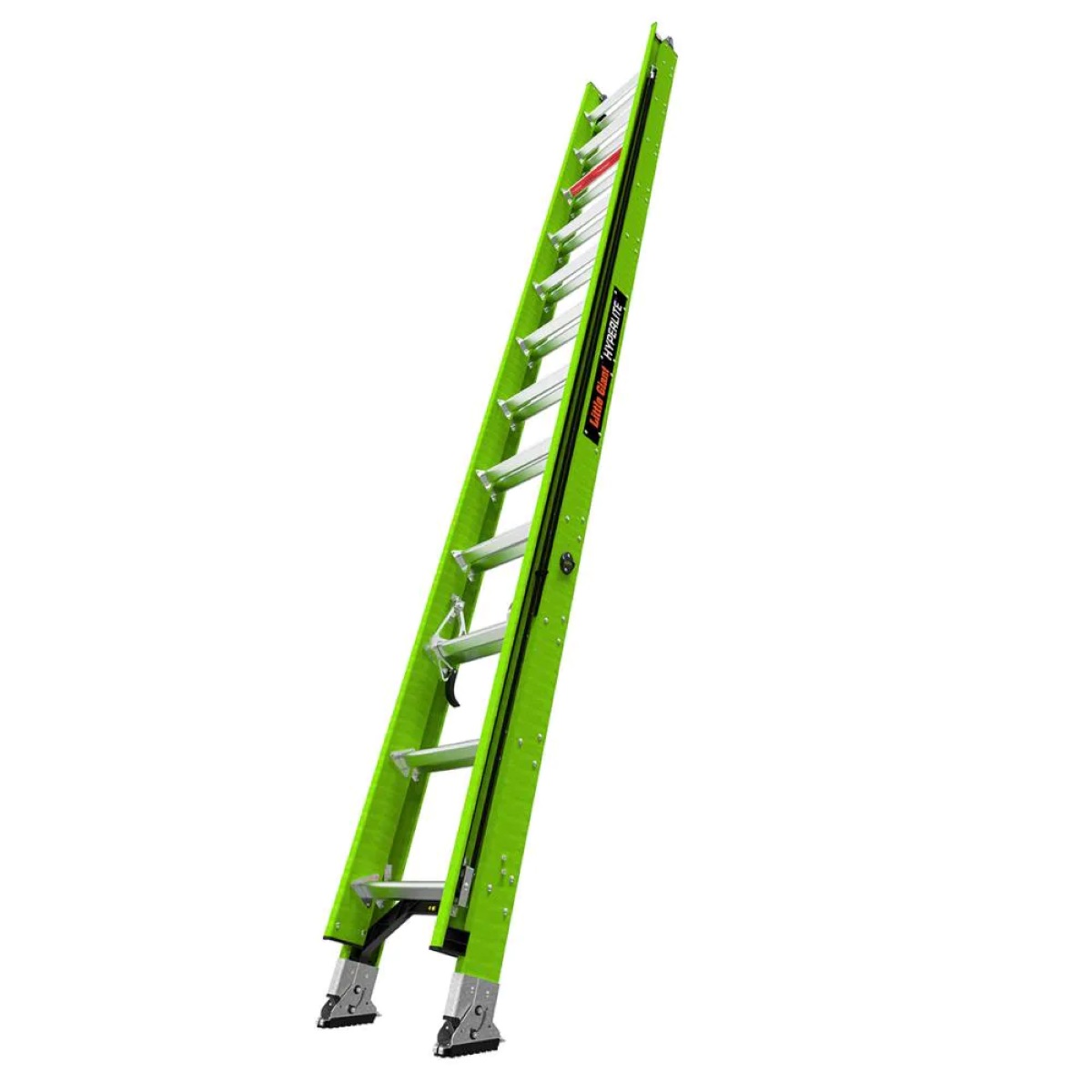
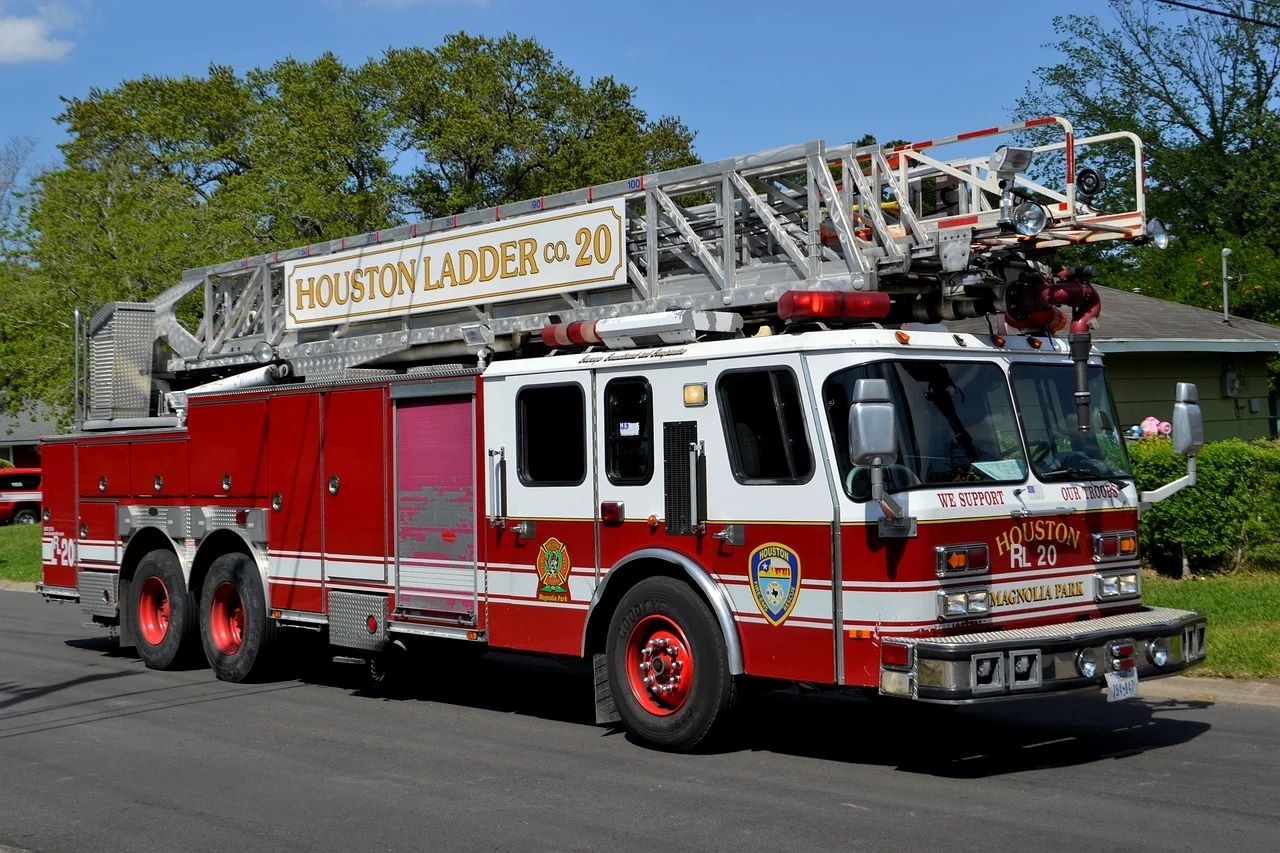
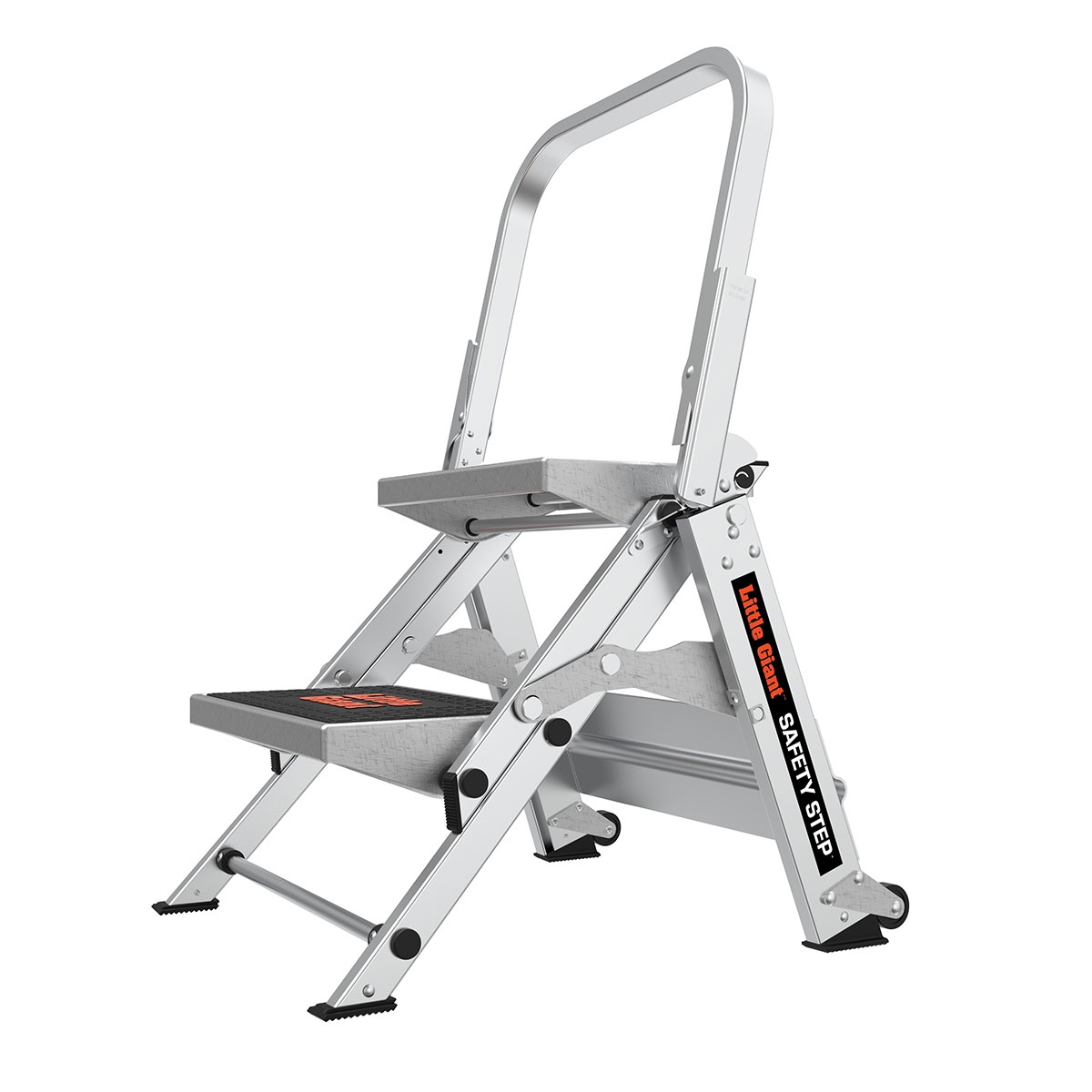
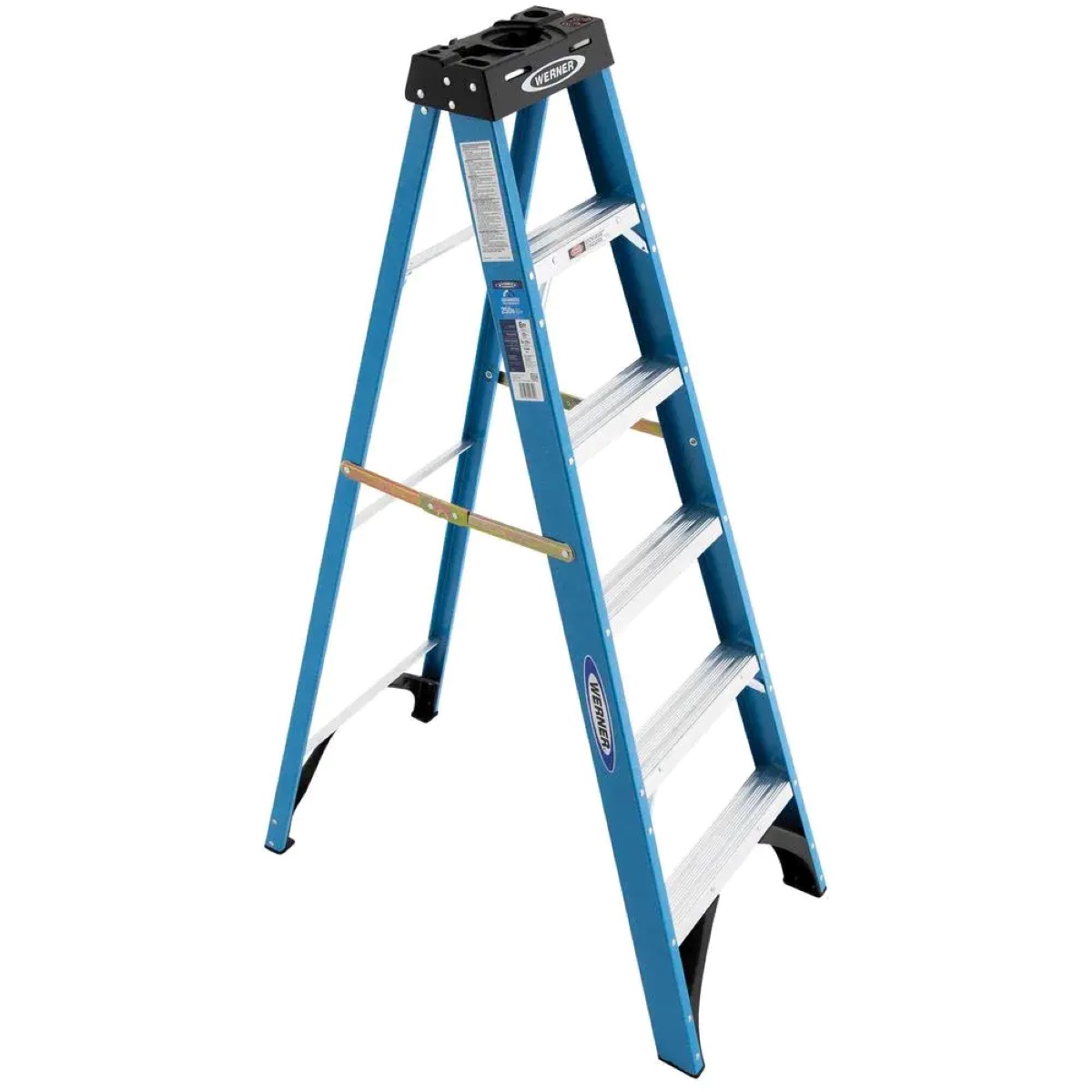
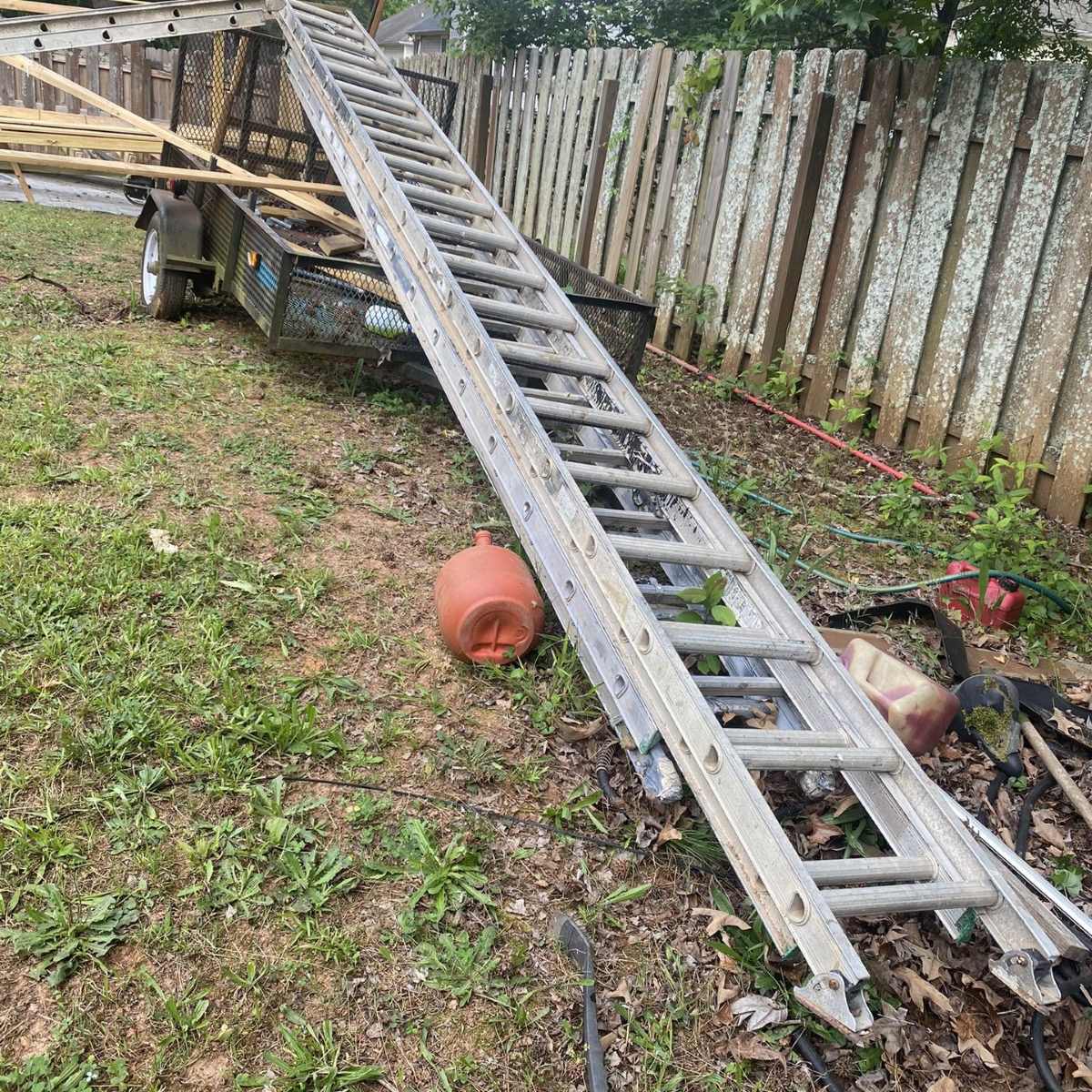
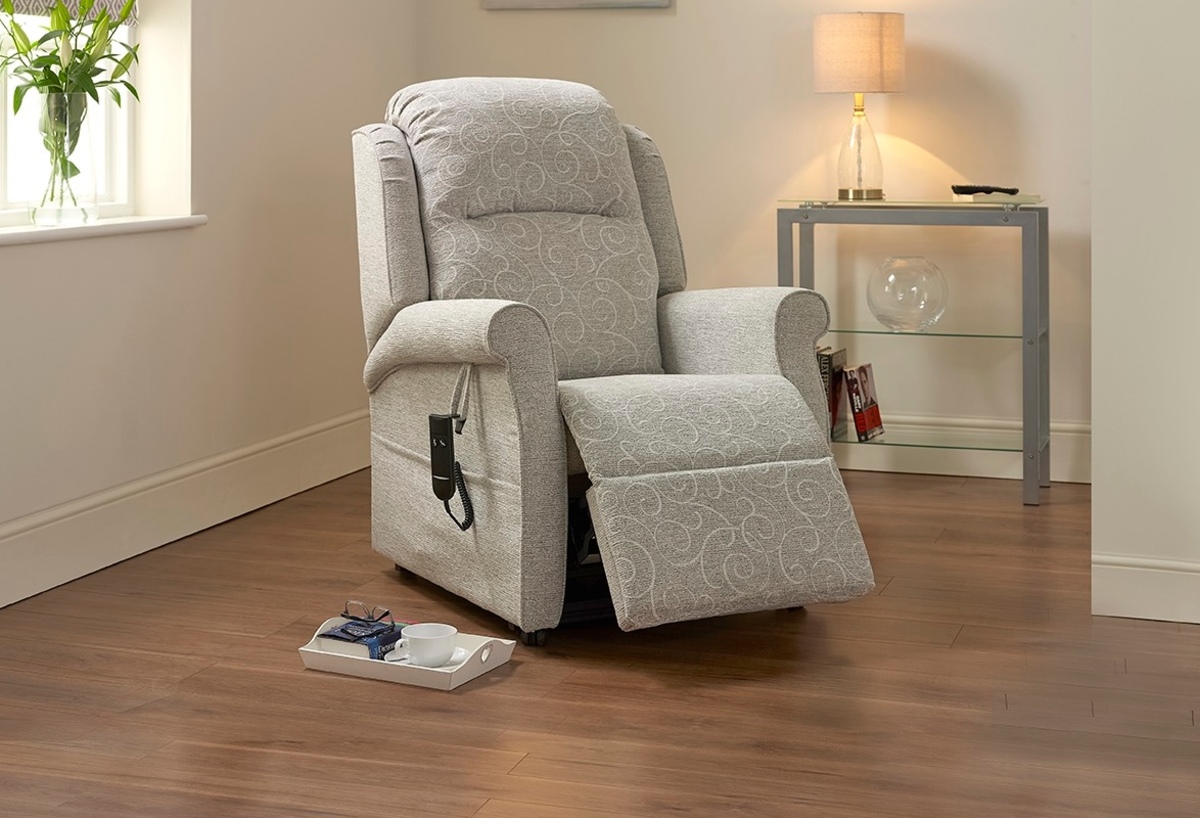









0 thoughts on “How Much Does A 32 Foot Ladder Weigh”